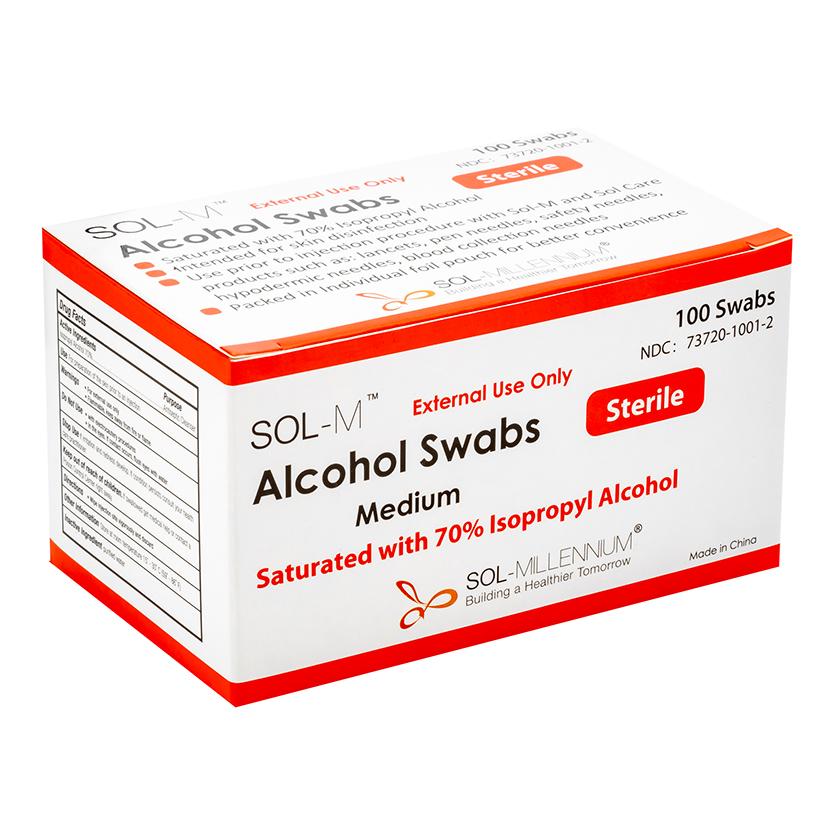Burns are among the most painful and complex wounds to treat, necessitating specialized care and appropriate dressings for optimal healing. Choosing the right dressings for burns wound care can significantly impact recovery, reduce infection risk, and minimize scarring. Understanding the various types of dressings available is essential for effective management and healing.
Types of Burns and Their Treatment
Burns are classified into three categories: first-degree, second-degree, and third-degree. First-degree burns affect only the outer layer of skin, leading to redness and mild pain. Second-degree burns penetrate deeper, causing blisters and significant discomfort. Third-degree Alcohol Swabs burns are the most severe, affecting all skin layers and potentially damaging underlying tissues.
For first-degree burns, simple dressings that provide moisture and protection can suffice. However, second- and third-degree burns require more specialized care, often involving advanced dressings that promote healing and prevent complications.
Common Dressings for Burns
1. Hydrocolloid Dressings
Hydrocolloid dressings are ideal for second-degree burns. These dressings maintain a moist environment, which is crucial for pain relief and faster healing. They are semi-permeable, allowing moisture vapor to escape while keeping bacteria out. A study by the University of Miami suggests that these dressings can significantly enhance healing time compared to traditional methods.
2. Alginate Dressings
Alginate dressings, derived from seaweed, are highly absorbent and suitable for wounds with exudate, such as second-degree burns. They facilitate a moist wound healing environment and can absorb up to twenty times their weight in fluid. This property makes them excellent for managing exudate and reducing the risk of infection.
3. Silver-Infused Dressings
Silver-infused dressings have antimicrobial properties that are particularly beneficial for burn wounds at risk of infection. They can be used for both second-degree and third-degree burns. Silver ions help prevent bacterial growth while promoting healing. According to the American Burn Association, these dressings are often recommended in clinical settings for their effectiveness in reducing infection rates.
4. Collagen Dressings
Collagen dressings are primarily used for deeper burns and provide a scaffold for new tissue growth. They promote cellular regeneration and create an ideal environment for healing. These dressings can be particularly helpful after the initial healing phase of a burn, supporting ongoing recovery.
Considerations for Use
Selecting the right dressing for burns wound care depends on several factors, including burn severity, type of exudate, and individual patient needs. Always consult a healthcare professional for tailored advice.
Key Considerations:
- Moisture Balance: Maintain an optimal moisture level to support healing.
- Infection Control: Use antimicrobial dressings for deeper burns at risk of infection.
- Pain Management: Opt for dressings that provide comfort and reduce pain.
- Adhesion and Removal: Choose dressings that adhere well but can be removed without causing further trauma to the skin.
Conclusion
In summary, effective dressings for burns wound care are critical for promoting healing, reducing pain, and preventing infections. Hydrocolloid, alginate, silver-infused, and collagen dressings serve different purposes based on the burn's severity and characteristics. Always consider consulting a healthcare professional for personalized recommendations to ensure the most effective treatment plan.
For more comprehensive guidelines and resources on burn care, visit . Adopting the right dressing strategy not only enhances the healing process but also contributes to better overall outcomes for burn victims.
Effective Dressings for Burns Wound Care
